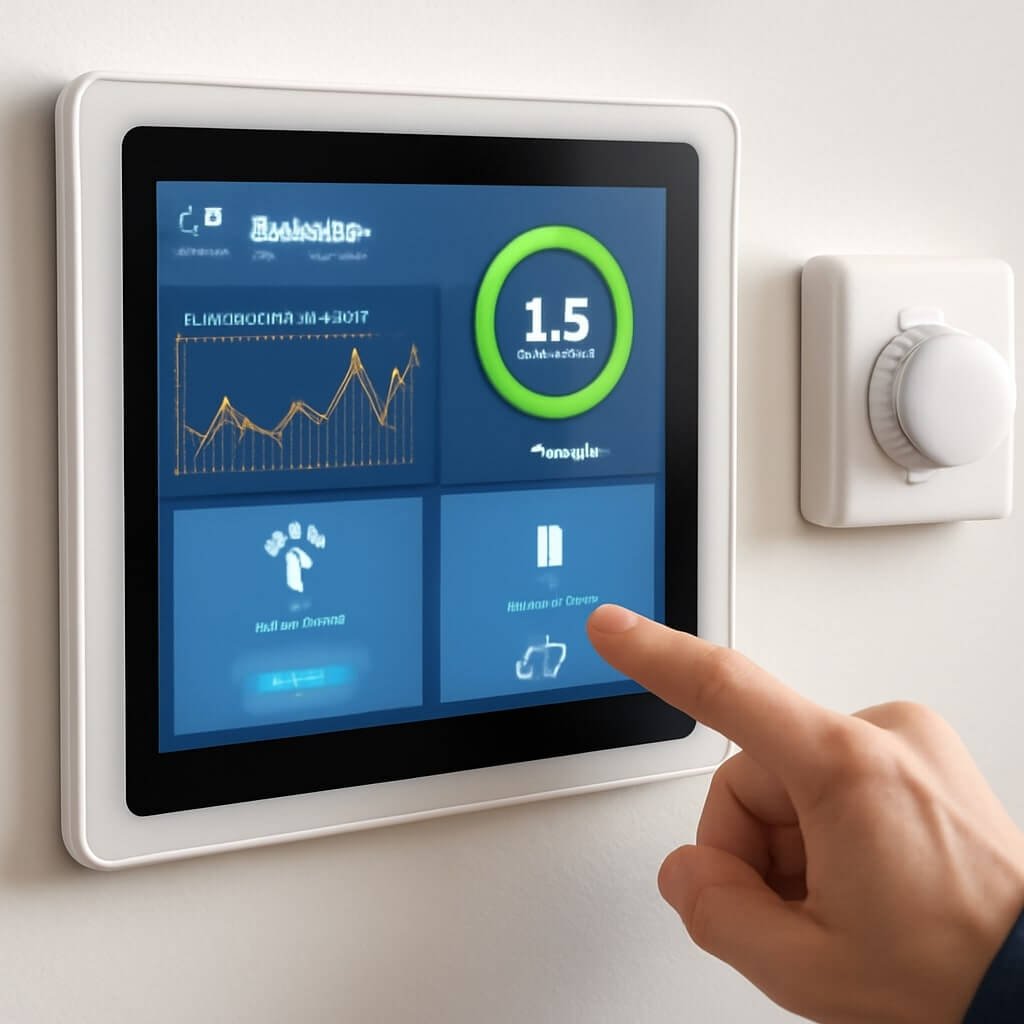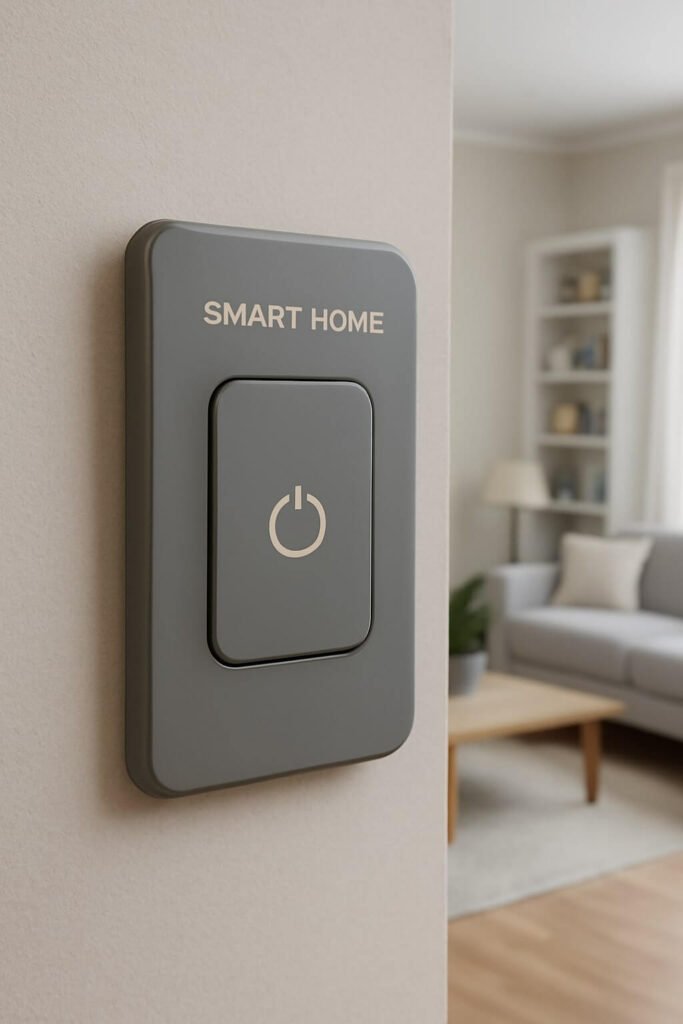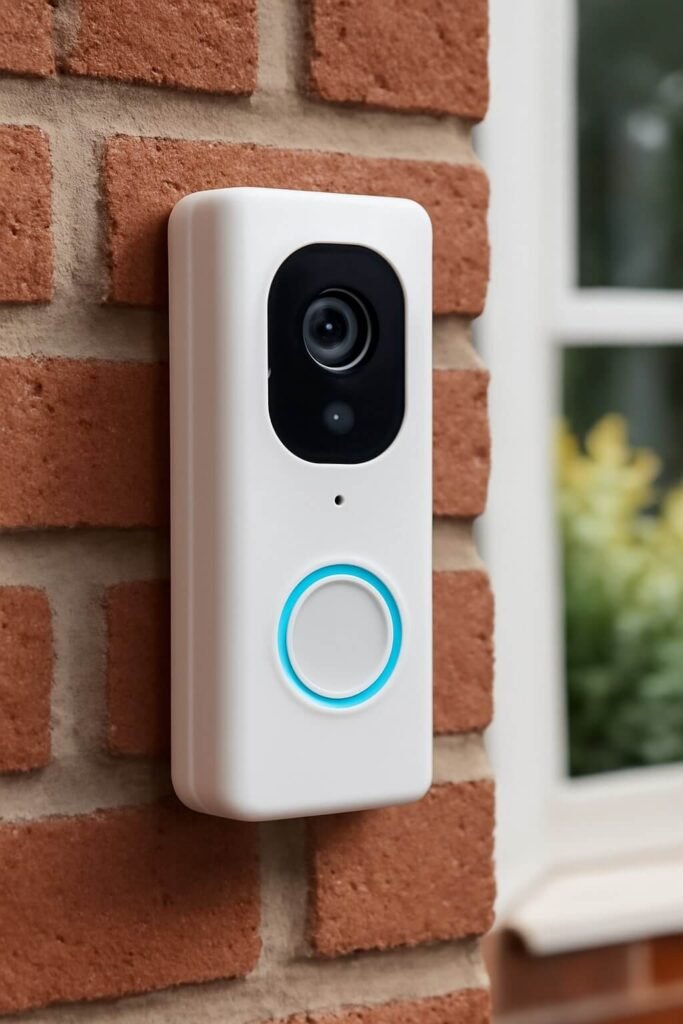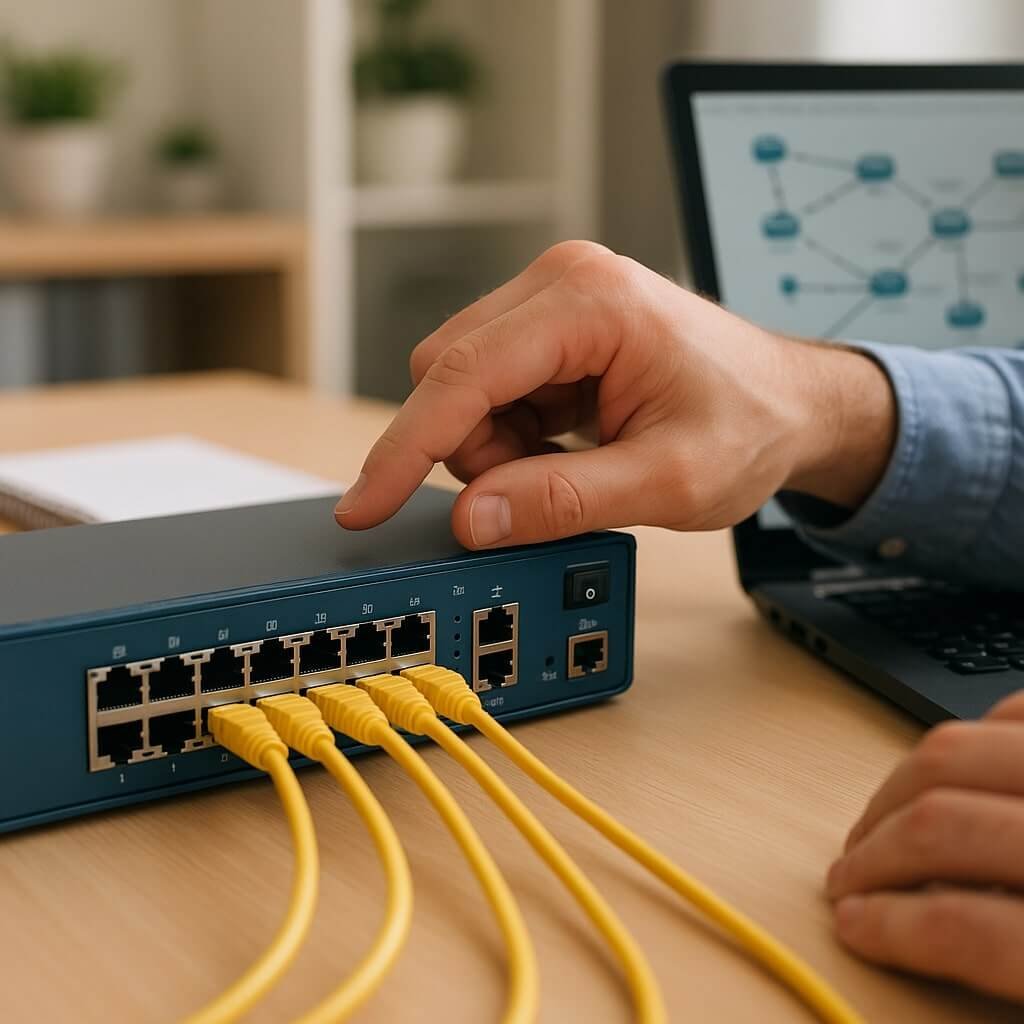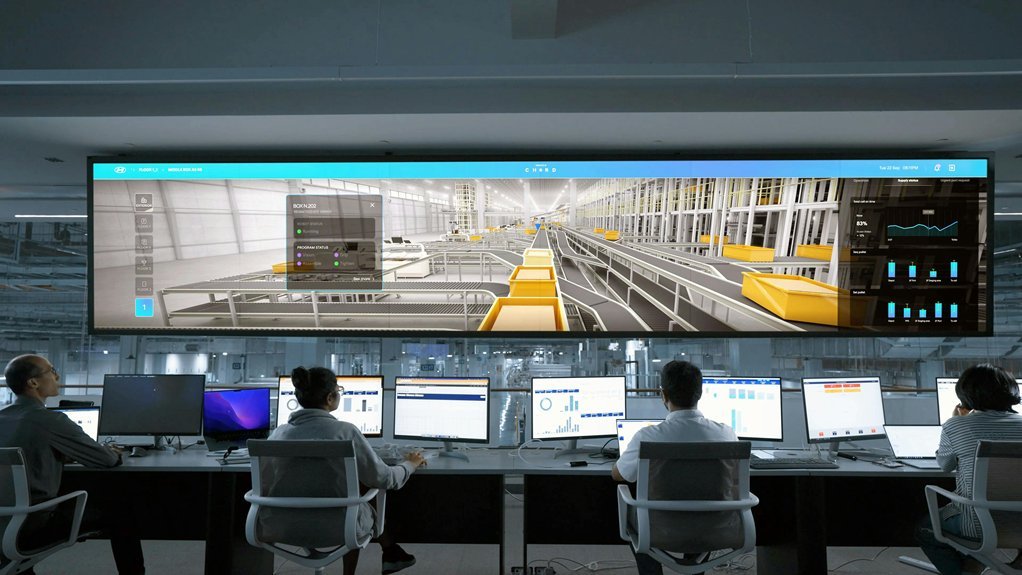In today’s world, managing energy consumption isn’t just about turning off lights anymore. Smart energy management systems (SEMS) are transforming how homes and businesses handle their energy usage, leading to significant cost savings and sustainability benefits. This technology is rapidly becoming a must-have for anyone looking to control their energy bills while reducing their environmental impact.
What Is a Smart Energy Management System?
A smart energy management system refers to a combination of hardware and software that monitors, controls, and optimises energy consumption in buildings. Unlike traditional energy meters, SEMS provides real-time data and automated control, allowing users to see exactly where and when energy is used and make informed decisions to reduce waste.
Key Components of Smart Energy Management Systems
- Sensors and Meters: Collect data on electricity, gas, or water usage.
- Controllers: Devices that automate switching on/off or adjusting appliances.
- Software Platforms: Analyse data and provide insights or automate decisions.
- User Interfaces: Dashboards or mobile apps for monitoring and control.
How Do Smart Energy Management Systems Work?
Real-time Energy Monitoring and Data Collection
Smart systems continuously track energy consumption down to the appliance level, sending this data to a central system for analysis. This helps users identify patterns and pinpoint high-usage areas.
Automated Control and Optimisation
Using collected data, SEMS can automatically adjust lighting, heating, cooling, or equipment operations to optimise efficiency without sacrificing comfort or productivity.
Top 12 Ways Smart Energy Management Systems Save You Money
1. Lower Energy Bills Through Efficient Usage
SEMS reduces wasted energy by switching off appliances during idle times and optimising usage patterns. This leads to noticeable drops in monthly bills.
2. Peak Demand Management
Many energy providers charge higher rates during peak hours. SEMS can shift energy-intensive activities to off-peak times, reducing demand charges and costs.
3. Improved Equipment Lifespan
By avoiding unnecessary overuse and providing predictive maintenance alerts, SEMS helps extend the life of costly equipment, saving on replacement and repair expenses.
4. Reduced Carbon Footprint and Incentives
Lower energy consumption means fewer emissions. Some governments offer financial incentives or tax breaks for installing energy-saving technologies, adding to your savings.
5. Enhanced Operational Efficiency
Businesses especially benefit from streamlined energy use, improving productivity and reducing overhead.
6. Predictive Maintenance Savings
By analysing equipment data, SEMS can detect anomalies early, avoiding costly breakdowns and downtime.
7. Integration with Renewable Energy Sources
Smart systems optimise when and how renewable energy (solar, wind) is used, maximising savings and energy independence.
8. Real-time Alerts and Fault Detection
Immediate notifications about unusual consumption or faults prevent waste and costly damage.
9. Behavioural Change and User Engagement
Access to clear energy data encourages users to adopt energy-saving habits.
10. Load Shifting for Cost Reduction
Shifting loads to times when energy is cheaper helps lower overall energy costs.
11. Increased Property Value
Homes and buildings equipped with SEMS often see higher market values due to improved energy efficiency.
12. Government Rebates and Incentives
Many programs exist to support the adoption of SEMS, further reducing upfront costs.
Key Features to Look for When Choosing a Smart Energy Management System
- Compatibility with your existing appliances
- User-friendly interface and reporting tools
- Scalability for future upgrades
- Robust data security
- Customer support and warranty
Implementing a Smart Energy Management System in Your Home or Business
Steps to Get Started
- Assess current energy usage.
- Identify key areas for improvement.
- Choose the right SEMS tailored to your needs.
- Install and configure the system.
- Monitor and adjust settings over time.
Common Challenges and Solutions
- Initial Cost: Look for rebates and financing options.
- Complexity: Choose systems with intuitive controls.
- Data Privacy: Ensure strong encryption and data protection policies.
Frequently Asked Questions (FAQs)
How quickly can I see savings after installing a SEMS?
Many users notice savings within the first few months, with greater benefits over time.
Can SEMS be used in both residential and commercial settings?
Absolutely. Systems are scalable and customizable for various applications.
Are there maintenance requirements for these systems?
Minimal maintenance is needed; regular software updates and occasional hardware checks suffice.
Will a SEMS work with solar panels?
Yes, many systems integrate seamlessly with renewable energy sources.
How secure is the data collected by SEMS?
Reputable providers use encryption and strict privacy policies to safeguard user data.
Do I need professional installation?
While some systems are DIY-friendly, professional installation ensures optimal setup and performance.
Conclusion: Future-Proofing Your Energy Usage
Smart energy management systems represent a powerful tool for anyone looking to save money and reduce environmental impact. By investing in SEMS today, you’re not just cutting costs—you’re stepping into a more sustainable, efficient future. The smart choice is clear: better control leads to better savings.

